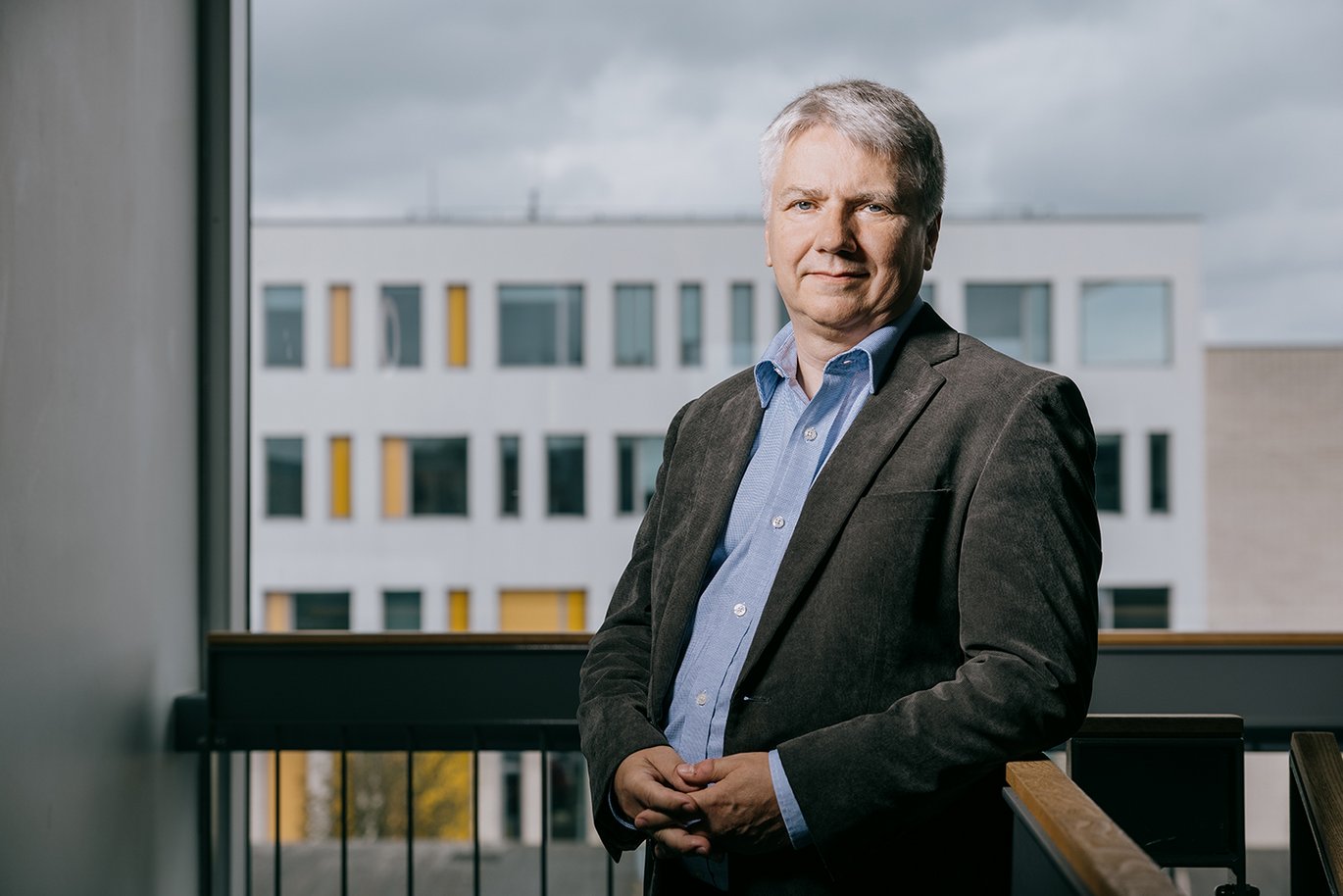Denmark leads the fight against quantum attacks
Aarhus University plays a key role in a new Danish research collaboration aiming to make future communications unbreakable – even over insecure connections.

Denmark is taking a leading position in the protection of our digital infrastructure against future cyber threats. With a grant of DKK 25.9 million from Innovation Fund Denmark, the new research project AccessQKD is launched to develop a quantum-based encryption system for use in existing communication networks.
The project unites six Danish and international partners with the goal of developing a market-ready quantum system capable of protecting critical data – even in a future where quantum computers will be able to break today's encryption methods.
Aarhus University will secure the keys
At Aarhus University, Professor Christian Damsgaard Jensen and his colleagues from the Department of Electrical and Computer Engineering are responsible for developing a so-called encryption key management system that is both secure and practical. This system determines how encryption keys are created, distributed, and used in a quantum-secured communication network.
“We use quantum theory to secure communication, and this is highly relevant right now because quantum computers are expected to soon be able to break the encryption methods we use today,” explains Christian Damsgaard Jensen. He adds:
“In AccessQKD, we will work on how to make quantum-secure communication operational in an existing telecommunications network.”
The Department of Computer Science at Aarhus University is also involved, housing one of the world’s leading research groups in cryptology. Associate Professor Diego Aranha, among others, contributes internationally recognized expertise in encryption protocols and security analysis.
Currently, encryption relies on mathematical problems that are computationally difficult to solve. However, quantum computers may soon be able to solve them in minutes. This has prompted researchers worldwide to develop post-quantum algorithms and quantum-based key distribution systems.
Old principles, new technology
The work at Aarhus University builds on many years of research in classical security protocols and algorithms. This includes symmetric encryption, which was widespread before digital signatures and asymmetric methods became standard.
“We are revisiting the symmetric protocols from the 1970s and 1980s to see how they can help us address today's challenges. Quantum encryption allows us to create a secure communication line from one endpoint to another. It offers physical security that is fundamentally different and much stronger than what we've had so far,” says Christian Damsgaard Jensen.
The project, officially titled "AccessQKD: Towards a Scalable Production Quantum Communication Infrastructure," runs for 3.5 years and builds on results from the previous CryptQ project. The goal is to bring the final system to market shortly after the project ends, potentially creating up to 30 highly specialized jobs in Denmark.
“We see this as a key component of future cybersecurity. Our work is about transforming basic research into concrete technology that can make a difference in society,” says Christian Damsgaard Jensen.
The project is led by DTU Physics and is carried out in collaboration with Celare Quantum Communications, Partisia, GlobalConnect, and the Polytechnic University of Bari.
Contact
Professor Christian Damsgaard Jensen
Aarhus University, Department of Electrical and Computer Engineering
Email: cdj@ece.au.dk
Phone: +4522187929
